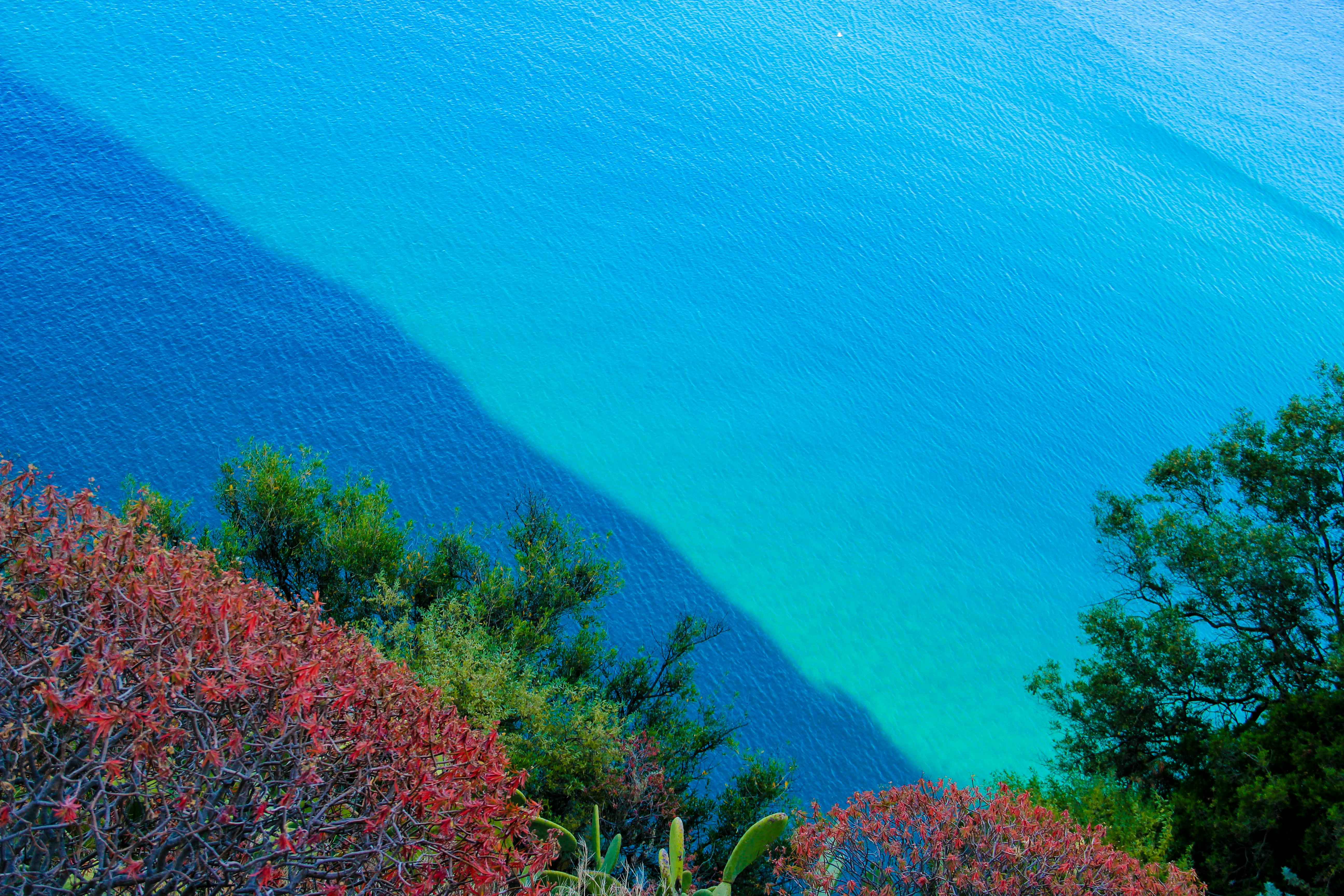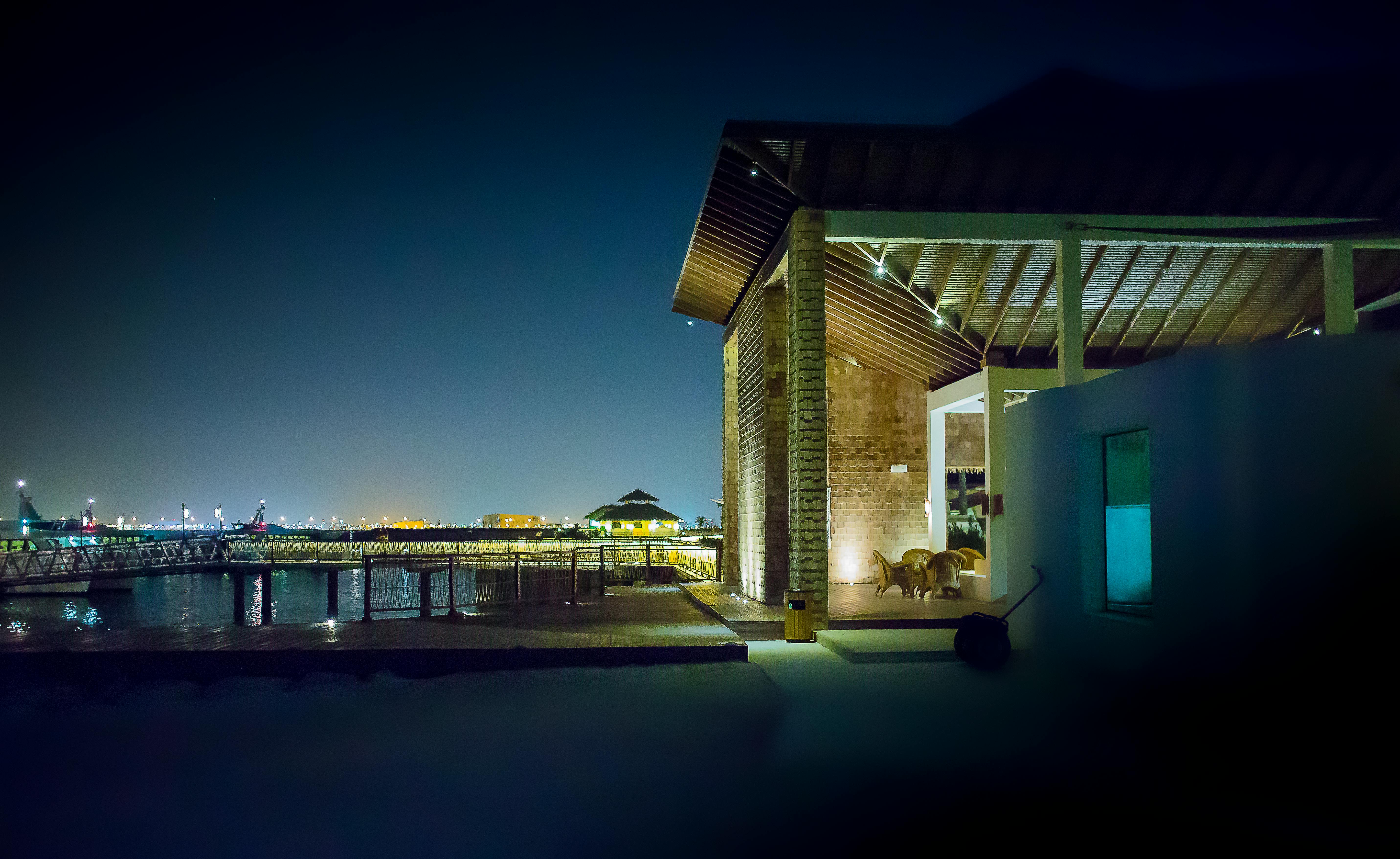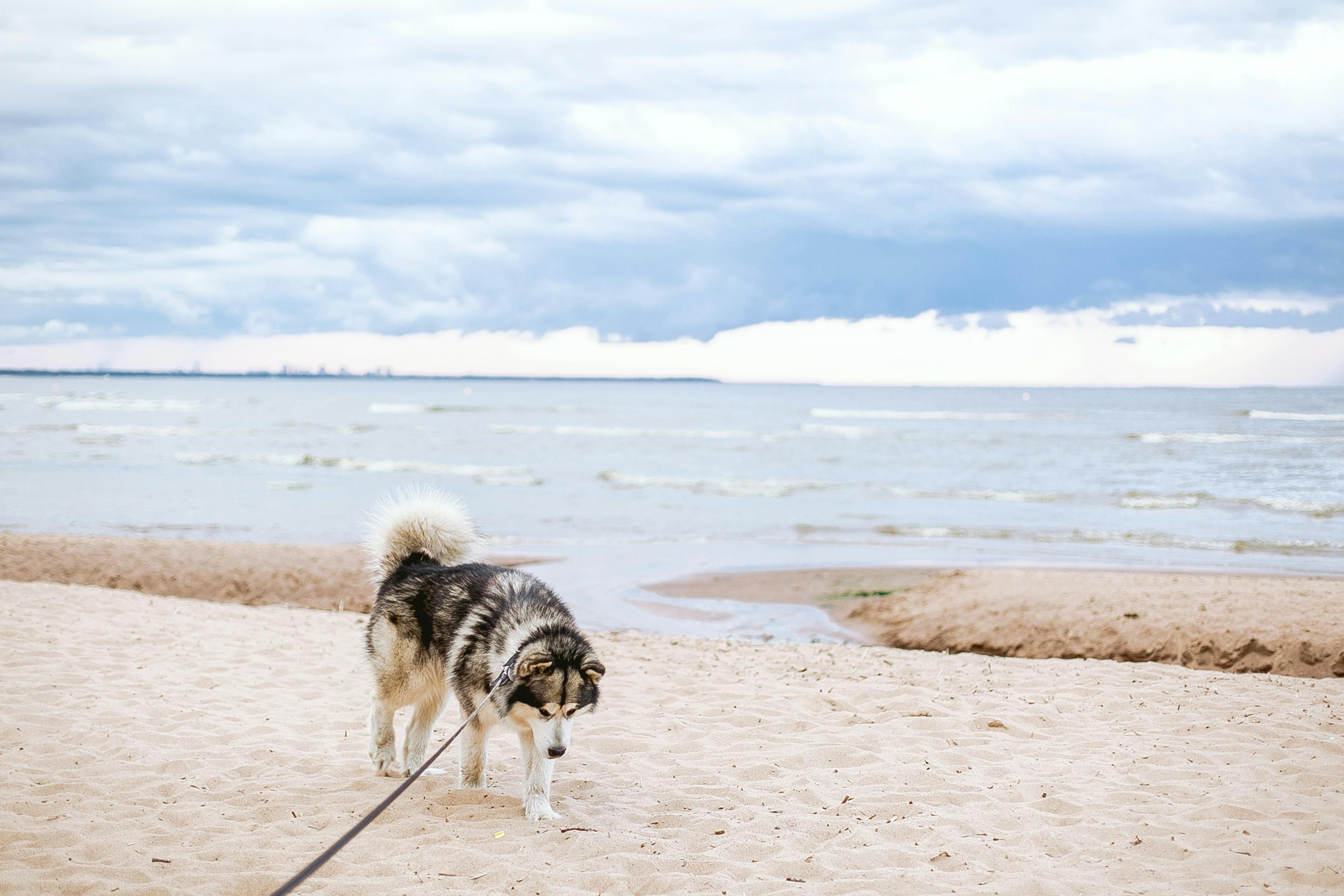“Of those who remember
to those who don’t,
here is a little poem
For those who have forgotten:
From a race of fearless people,
Noble, strong and bold,
Who lived as one with nature
And he never got old. “
As a young man, Yeats sleeps overnight in the central chamber of Newgrange for inspiration. That was part of his initiation as a druid in the modern age. Today he pays money to enter, so he goes to the new Interpretation Center there. Well, if they knew or could tell you anything about Druids. And you must accept an official guide: what could they say to a druid of Ireland if he appeared? It’s happening.
My home town of Kilkenny in the southeast of Ireland was not Christianized until AD 597. This is late for Europe, but Ireland lasted longer than anywhere else in Europe except the Norse lands before it was finally Christianized.
Two hundred years before he finally converted, St. Kieran had preached in Kilkenny, much to the amusement of the local king and his druid in the old wooden fort on the site of today’s majestic Kilkenny Castle. But it was in vain, people were not interested. St. Patrick’s 432 AD mission to Ireland never reached Kilkenny or failed there as well. Kieran had built a small wooden church in what is now the Kyteler’s Inn beer garden, which itself belonged to the famous 14th-century Kilkenny witch, Dame Alice Kyteler. Apparently, the powers that be gave Kieran full freedom to preach his initial mission. So they were a tolerant group, the Druids. After some years of trying unsuccessfully to convert, he got up and left Kilkenny, and was robbed nine miles out of town at Freshford for his cloak and clothes, and what the saint did to preserve decency we do not know. of the.
The mound where the druids lived is only a few hundred meters from my own house in the center of the city. It was the last stronghold of the Druids of Ireland. Their end was not peaceful, as Christianity came to claim them. In AD 597, Christian armies from all over Ireland invaded Kilkenny under St. Canice. The Irish druids fought valiantly to the last on their mound above the little town. But fate and the tide of history were against him. Most of the crowned heads of Europe were Christians, loyal to Rome, and Ireland had to do the same. Much the same thing happened in our time with the EU. Some things never change.
There is a magnificent cathedral on top of the mound from the 13th century, built by the Normans alongside an earlier Irish round tower; you can climb the round staircase to the top for one euro, one of the delights of visiting Kilkenny, perch Climb to the top of an old Irish round tower!
Some experts, such as the renowned historian of the Diocese of Kilkenny, called the Diocese of Ossory (after the kingdom’s ancient Druid name) Canon Carrigan, maintain that the tradition of building round towers in Ireland dates back to a much older time, bordering on the Druid, that such towers were used as astronomical observatories. The main idea is that monks built them to escape Viking raids, but that doesn’t explain how so many of them were built before the first Vikings were known to be in Ireland in 795 AD.
The Cathedral Mound is bounded by the River Nore and its tributary, The Breagach (meaning “The False” in Irish) and stands on a plain of seven springs, all but one dry today. Only the old Well of Kenny (Canice) or Kennyswell flows today and good pure well water can be drunk from its flow in his little stone well house. Evidently Canice took the best of the defeated druids in his time.
The former dean of Ossory (Anglican), the Reverend Norman Lynas, confirmed to me that there are ancient Druid burials crouched under the old cathedral and under the round tower.
A German dowser visited the cathedral and his wands went all over the place, as did an English druid living in Ireland, Sandy Leigh. She explained that the mound is the center of very powerful earth energies.
How was it that the last Archdruid of Ireland and his retinue lived there in the late 6th century, and not at Tara, Cashel, Newgrange or their ancient sacred college at Uisneach in central Ireland?
I think it was for the simple reason that such places were well known to the Christian authorities as places where the best Druids would be, while all the while they kept their heads down on Kilkenny, which would have been little known at the time – Kilkenny grew up. with the Normans from the 12th century onwards, and is known as Ye Faire Citie and The Marble City. It is probably the smallest small town in Ireland or Britain, it has two royal charters as a town for British monarchs and was at one point in 1642-1649 the capital of Ireland during a period known as The Kilkenny Confederacy.
The Kilkenny mound, although there since 2000 B.C. C., was not so well known.
You must remember that at that time the druids were outlawed and were fleeing for their lives. Monks led armies across Ireland looking for them to kill them and their entire families on sight.
Finally, the great Fang of Derry, knowing that the Archdruid and the heads of his Order were at Kilkenny Mound, and sympathizing with their plight, unwisely told his friend Canice this. And though the son of a Filidh-Druid (Poet-Druid) from Donegal himself, Canice was a true Roman priest now and determined to rid Ireland of these pagan relics of the past.
In the year 597, therefore, armies pushed their way from all over Ireland to Kilkenny. The slaughter at the Mound of the Guardians is said to have been swift and brief. It’s called progress.




